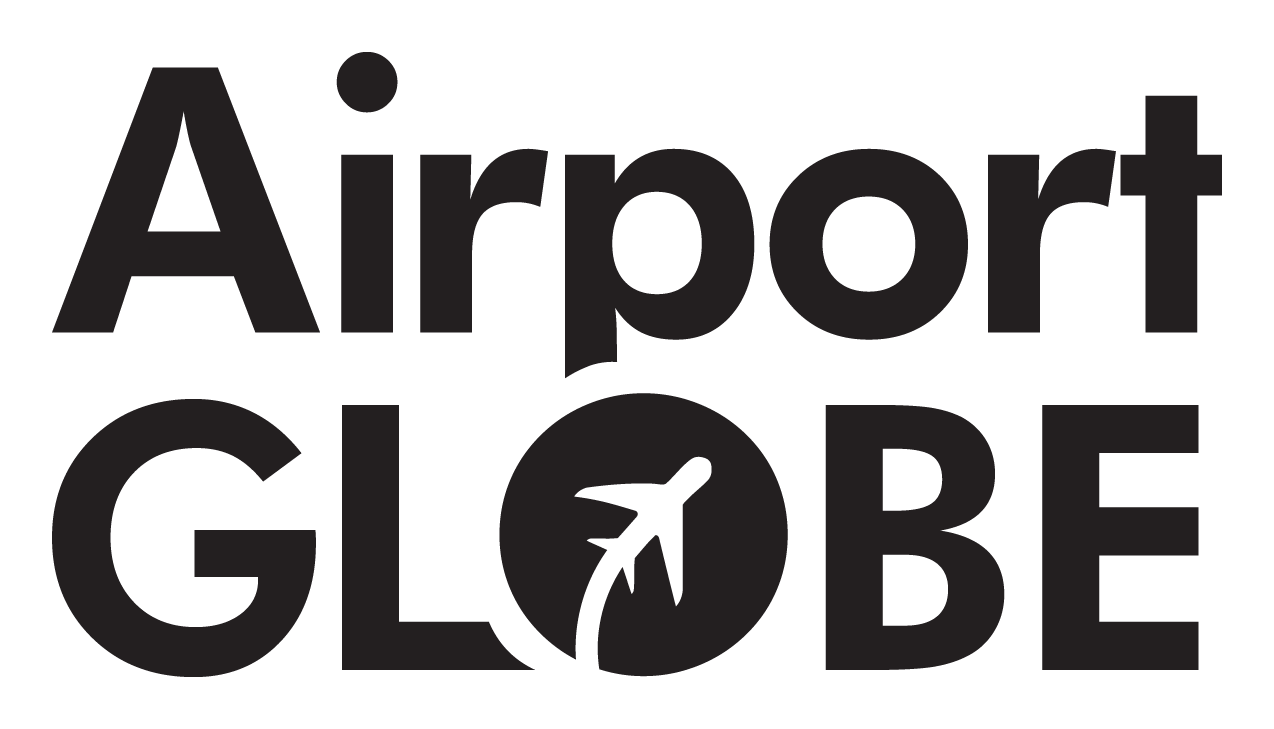Home ›
The History of Melbourne
Melbourne, the vibrant capital of Victoria, has a rich and dynamic history. Founded in 1835 by settlers from Tasmania, it quickly grew into a thriving metropolis. The discovery of gold in the 1850s in the nearby regions of Ballarat and Bendigo marked a significant turning point, leading to an influx of wealth and population, and establishing Melbourne as a major financial center. This period, known as the Gold Rush, saw Melbourne transform into one of the wealthiest cities in the world. By the late 19th century, it was the largest city in Australia and the second largest in the British Empire. The city played a pivotal role during the Federation of Australia in 1901, serving as the nation’s capital until Canberra took over in 1927. Melbourne’s history is also marked by its cultural developments, hosting the first Australian exhibition and being home to the country’s first university. Today, its historical milestones continue to shape Melbourne’s identity as a cultural and economic powerhouse.
The Melbourne of Today
Melbourne is renowned for its vibrant cultural scene, diverse population, and stunning architecture. Known as Australia’s cultural capital, it boasts an array of world-class galleries, theaters, and museums. The city’s laneways are famous for their street art, quirky cafes, and boutique shops, offering a unique urban experience. Melbourne’s culinary scene is equally impressive, with a vast array of dining options that reflect its multicultural population, from high-end restaurants to charming food markets. Sports enthusiasts find plenty of things to do in Melbourne, as it hosts major events like the Australian Open and the Melbourne Cup. The city’s parks and gardens provide green spaces for relaxation, while the Yarra River offers picturesque views and recreational activities. Melbourne’s vibrant nightlife, with its eclectic mix of bars, clubs, and live music venues, ensures that there’s something for everyone. The city continues to attract visitors with its blend of old-world charm and modern innovation.
The Transportation Options in Melbourne
Melbourne offers a comprehensive and efficient transportation network that makes getting around the city convenient. The city’s iconic trams are a popular mode of transport, traversing through the central business district and extending to the suburbs. Melbourne’s train system connects the city center with outer suburbs, providing a fast and reliable option for commuters. Buses complement the train and tram networks, reaching areas not covered by other modes of transport. For those who prefer driving, Melbourne car rentals are readily available, offering flexibility for exploring the city and beyond. Taxis and ride-sharing services like Uber provide convenient door-to-door transport options. Additionally, Melbourne is a bike-friendly city, with dedicated lanes and bike-sharing programs encouraging cycling as an eco-friendly way to explore the urban landscape.
The Melbourne Airports
Melbourne is served by two main airports: Melbourne Airport (Tullamarine) and Avalon Airport. Melbourne Airport (MEL), located about 23 kilometers northwest of the city center, is the primary airport, handling both domestic and international flights. It is one of Australia’s busiest airports, offering a wide range of facilities and services to accommodate travelers. Avalon Airport, situated approximately 55 kilometers southwest of Melbourne, primarily handles domestic flights and is a convenient option for travelers heading to the western suburbs or Geelong. Both airports are well-connected to the city via public transport, taxis, and car rental services, ensuring easy access to and from Melbourne.
Accommodation in Melbourne
Melbourne offers a diverse range of accommodation options to suit all budgets and preferences. From luxury hotels and boutique establishments in the city center to budget-friendly hostels and charming bed-and-breakfasts in the suburbs, there’s something for everyone. Melbourne hotels in the central business district provide convenient access to major attractions, though they tend to be pricier. For better deals, travelers can consider staying in surrounding neighborhoods, which often offer unique local experiences and easy public transport access to the city center. Booking in advance is recommended to secure the best rates.
